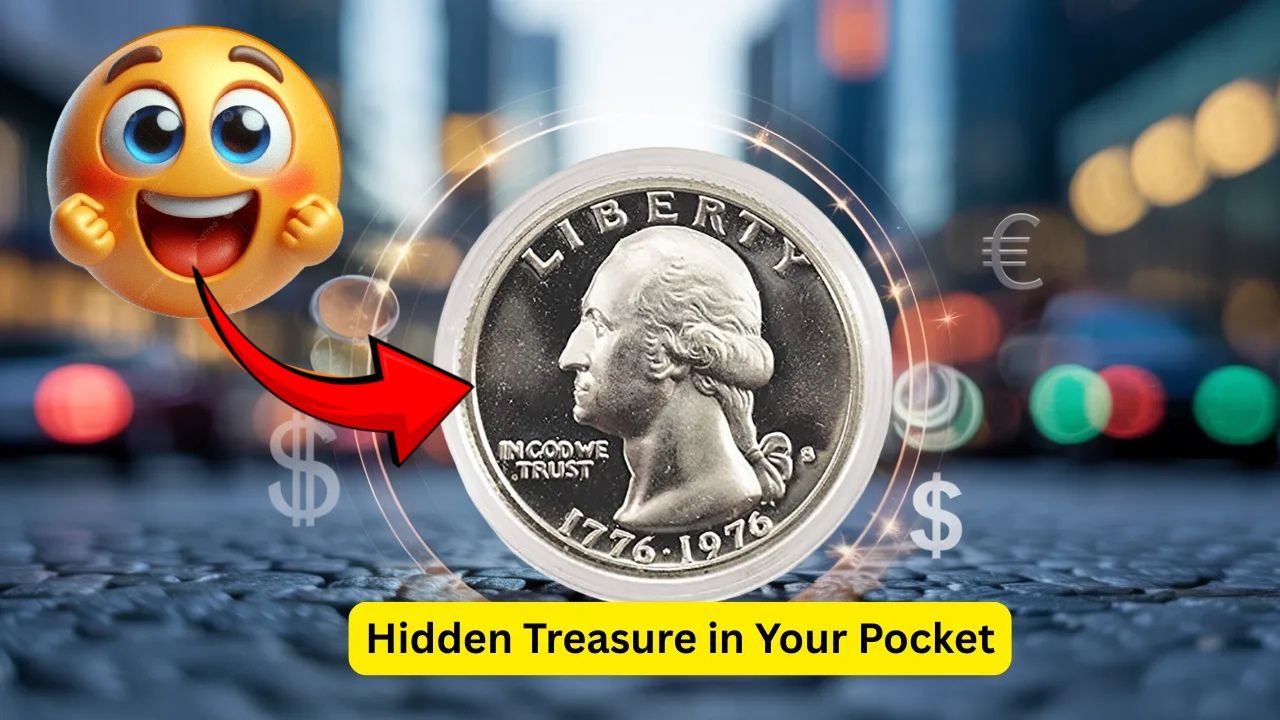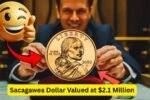1976 Bicentennial Quarters Could Be Worth: Most people don’t pay much attention to the coins in their wallets or pockets. But what if one of those coins could be worth millions of dollars? Sounds unbelievable, right? Yet, that’s exactly the case with some special 1976 Bicentennial quarters. These old coins may look ordinary, but a few rare ones are now worth a small fortune — up to $9 million.
Why 1976 Was a Special Year for U.S. Quarters
In 1976, the United States celebrated 200 years of independence — also called the Bicentennial. To honor this, the U.S. Mint released a unique version of the quarter. Unlike regular quarters, these coins featured a special design on the back, showing a colonial drummer and a torch surrounded by 13 stars. This design made them different from the usual image of an eagle.
What Makes These Quarters So Valuable?
Not all 1976 Bicentennial quarters are worth millions. Most of them are still just worth 25 cents. But a few rare versions, especially those made with errors, in silver, or with special proof qualities, can be extremely valuable. Some coins were struck using a special process or rare metal compositions that were not meant for public circulation. These are the ones collectors are willing to pay huge amounts of money for.
How to Know If You Have One of These Rare Quarters
You can start by looking at the back of your quarter. If you see the drummer design, you have a Bicentennial quarter. Next, check the front of the coin to see the date — it should read “1776–1976.” But finding a valuable one isn’t just about the design or date. You need to check things like whether the coin is made of silver, if it has any minting errors, or if it was part of a rare proof set. Sometimes, even a small mistake during production can make a coin worth thousands — or even millions.
What Are Mint Marks and Why Do They Matter?
A mint mark is a tiny letter on the coin that shows where it was made. For Bicentennial quarters, look for a small “D,” “S,” or no letter at all, usually on the front, to the right of Washington’s hair.
-
“D” means it was made in Denver.
-
“S” means it was struck in San Francisco.
-
No letter usually means it came from Philadelphia.
Some San Francisco quarters were made in silver and never meant for everyday use. These coins are the ones that collectors go crazy for.
The Rarest and Most Expensive Bicentennial Quarter
One of the most famous rare Bicentennial quarters is believed to have sold for around $9 million. What made it so valuable? It was a proof coin made with a special silver alloy, and it was in nearly perfect condition. On top of that, it had a double die error, which means the image was stamped twice, making it slightly blurry or shadowed. These types of errors are extremely rare and increase the coin’s value massively.
Could You Really Be Holding a Fortune?
It might sound like a dream, but people have found rare coins in jars, drawers, and even in their spare change. That’s why it’s worth checking your coins carefully. While the chances of finding a $9 million coin are very low, even some of the less rare Bicentennial quarters can sell for hundreds or thousands of dollars if they’re in good condition or made with silver.
Simple Table to Understand Bicentennial Quarter Values
Here’s a quick table to help you understand how different types of 1976 quarters might be valued:
| Type of 1976 Quarter | Mint Mark | Material | Estimated Value |
|---|---|---|---|
| Regular Circulated Coin | D or No Mark | Copper-Nickel | $0.25 to $2 |
| Proof Coin (Collector’s Version) | S | Copper-Nickel | $1 to $5 |
| Silver Proof Coin (Collector’s Set) | S | 40% Silver | $10 to $75 |
| Error Coin (e.g., Double Die) | Any | Varies | $500 to $10,000+ |
| Ultra-Rare Error/Silver Proof Coin | S | 40% Silver | Up to $9,000,000 |
Final Thoughts
The next time you check your spare change or open an old coin jar, take a closer look. That plain-looking quarter from 1976 could turn out to be more than just pocket change — it might be a hidden treasure. Even if it’s not worth millions, learning about coins can be a fun and rewarding hobby. And who knows? You might just strike gold without ever leaving home.
Frequently Asked Questions (FAQs)
Q: Are all 1976 Bicentennial quarters valuable?
No, most are only worth their face value. Only rare versions, especially silver or error coins, can be worth much more.
Q: How can I check if my quarter is valuable?
Look for the date “1776–1976,” check for a mint mark, and examine if it’s made of silver or has any unusual features like errors.
Q: What does a double die error look like?
It usually appears as a blurry or shadowed image, especially on the letters or numbers. These are highly collectible.
Q: Where can I sell a rare quarter if I find one?
You can contact a coin dealer, visit a coin show, or list it on auction sites like eBay or Heritage Auctions.




